Weighted vests are an excellent addition to your fitness routine, as they add extra resistance to various exercises, helping to build strength and endurance.
In this article, we will explore some of the best 12 weighted vests workouts including push-ups, squats, and more. These exercises target different muscle groups in your body and help to improve overall muscular strength, balance, and coordination.
Additionally, we will provide some useful tips for using a weighted vest effectively, ensuring you get the most out of your workouts while staying safe and avoiding injury.
KEY TAKEAWAYS
- Weighted vests provide added resistance, enhancing strength and endurance in various exercises
- Top exercises include push-ups, squats, and more—targeting different muscle groups
- To maximize benefits and minimize injury, follow tips for using a weighted vest effectively
The Best 12 Weighted Vest Workouts Include:
Weighted vests can provide extra resistance to various exercises, increasing the challenge and yielding better results. Here are four top exercises to do while wearing a weighted vest:
1. Weighted Vest Walking Lunges
Walking lunges are an effective lower body exercise that targets the quadriceps, hamstrings, glutes, and calves. By wearing a weighted vest, you can increase the intensity and work on improving your balance and stability.
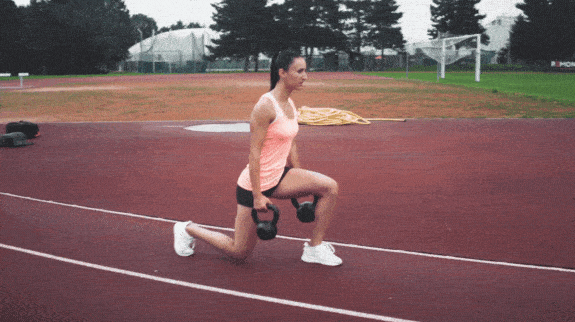
To perform walking lunges:
- Stand tall and brace your core.
- Take a big step forward with one foot, bending both knees to create a 90-degree angle.
- Push through the front foot and step the back foot forward to move into the next lunge.
- Continue alternating legs, ensuring proper form and controlled movement is maintained throughout the exercise.
2. Weighted Vest Squat Jumps
Adding more weight and a weighted vest to squat jumps increases the difficulty, emphasizing power and explosiveness.
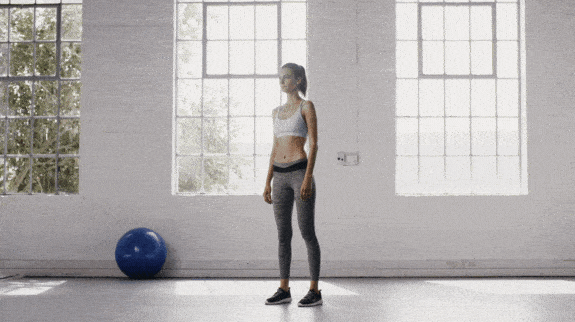
To execute squat jumps:
- Start with your feet shoulder-width apart and the weighted vest securely fastened.
- Lower yourself into a squat position by bending your knees and pushing your hips back.
- From the squat position, jump up as high as possible while maintaining proper form.
- Land softly in the squat position, and immediately begin the next jump.
3. Weighted Vest Burpees
Burpees are a total body exercise that combines a push-up, squat, and a jump. Wearing a weighted vest during burpees will increase the overall challenge.

To complete burpees:
- Stand with your feet shoulder-width apart.
- Lower yourself into a squat position and place your hands on the ground.
- Kick your feet back into a push-up position, then perform a push-up.
- Quickly bring your feet back to the squat position, then jump up.
- Repeat the motion in a fluid, continuous manner for the desired number of repetitions.
4. Weighted Vest Push-Ups
Weighted vest push-ups help to enhance upper body strength and muscle mass, targeting the chest, triceps, shoulders, and core.
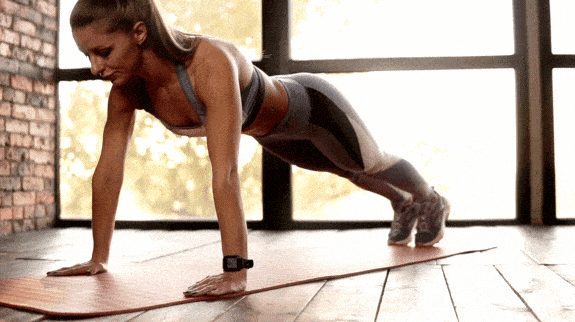
To do weighted vest push-ups:
- Put on the weighted vest and assume a plank position with your hands slightly wider than shoulder-width.
- Lower your body towards the ground by bending your elbows, keeping your body straight and your core engaged.
- Push your hands into the ground, returning to the starting position.
- Maintain proper form throughout the exercise, and repeat for the desired number of repetitions.
5. Weighted Vest Tricep Dips
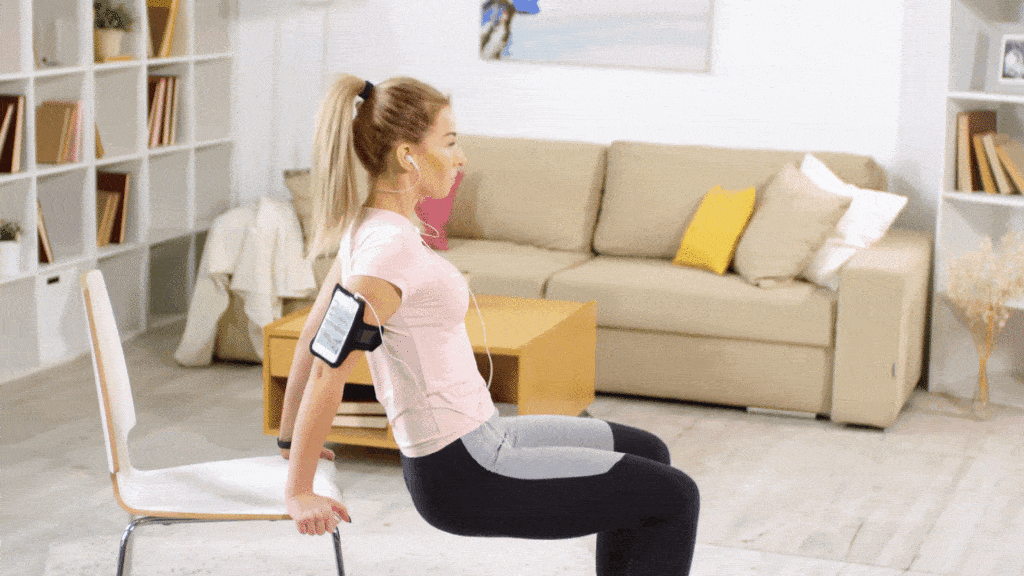
To do a Tricep dips:
- Put on the weighted vest and assume a plank position with your hands slightly wider than shoulder-width.
- Lower your body towards the ground by bending your elbows, keeping your body straight and your core engaged.
- Push your hands into the ground, returning to the starting position.
- Maintain proper form throughout the exercise, and repeat for the desired number of repetitions.
6. Weighted Vest Step-Ups
A weighted vets step-up targets your quadriceps, hamstrings, glutes, and calf muscles while also improving balance and stability.
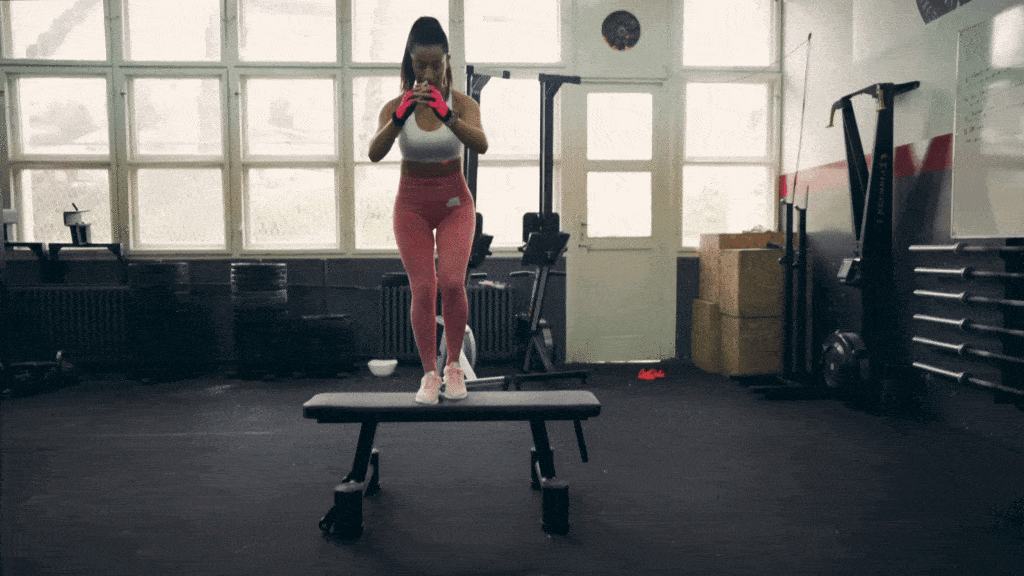
To complete a step-up exercise:
- Find an area with a step or you can use a sturdy bench.
- Place one foot on the step, engage your core and keep your back straight
- Push through your front heel to step all the way up onto the step.
- Carefully lower yourself back down, using your leg to control the movement.
- Do the same with your other leg, switching legs as you go for the number of times you want.
7. Weighted Vest Plank
A weighted vest plank targets your abdominal area and work the muscles in the front, side and middle of your stomach. Try holding the plank for at least 1 minute and increase the time as you go.
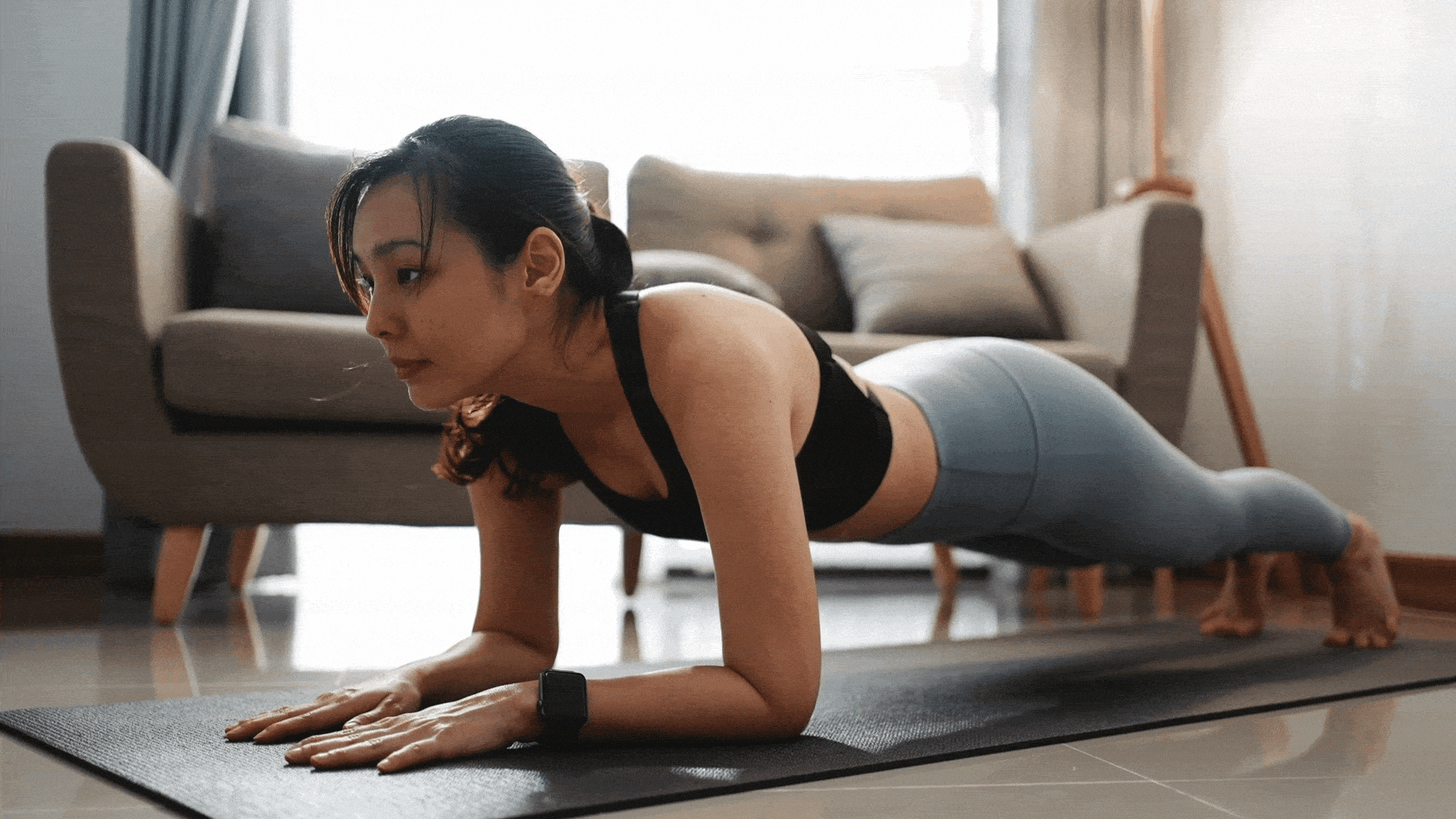
To complete a weighted vest plank:
- Get into a plank position by placing your forearms on the floor, ensuring your elbows are right below your shoulders. Keep your feet hip-width apart.
- Maintain a strong core and engage your glutes to keep your body in a straight line from your head to your toes.
- Keep a straight flat back during the excercise, and try not to drop it.
- Focus on keeping proper form, breathe regularly, and hold the plank position for as long as you can.
8. Weighted Vest Mountain Climbers
The added weight from the vest will increase the intensity of this workout which targets your core, shoulders, and cardiovascular system.
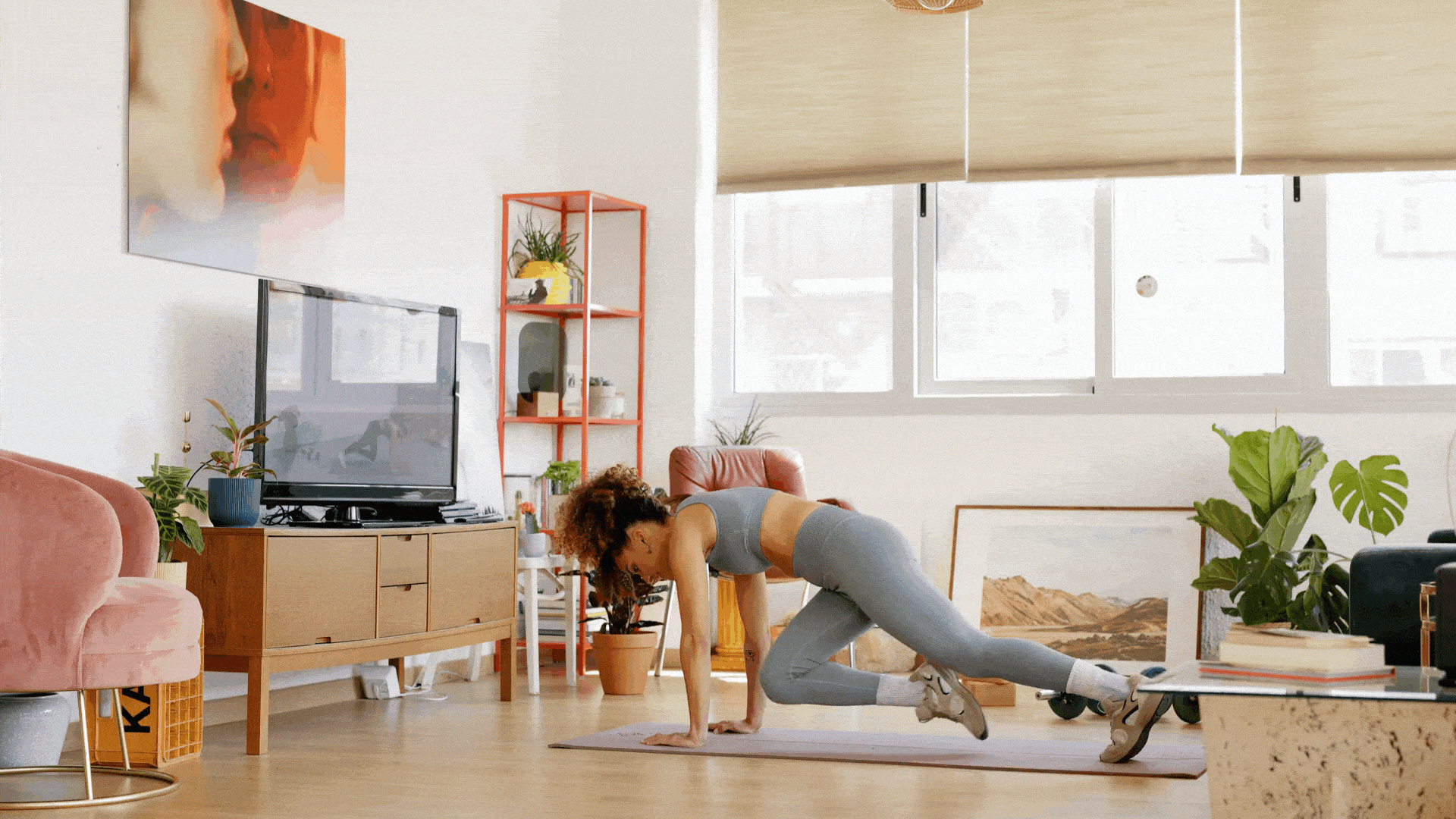
To execute a Mountain Climber:
- Assume a push-up position with your hands aligned under your shoulders, arms extended, and your body forming a straight line from head to heels.
- Begin by bringing one knee towards your chest while keeping your core engaged and your back flat.
- Place that leg back in the original plank position.
- Switch legs by extending by bringing the other knee towards your chest. (your legs should resemble a running motion, while your hands are holding you up in a plank position.
- Continue this alternating leg movement at a controlled pace.
9. Weighted Vest Bear Crawl
- Start in a tabletop position on your hands and knees, with your wrists under your shoulders and knees under your hips.
- Lift your knees slightly off the ground, creating a hover.
- Crawl forward by moving your opposite hand and foot together (e.g., right hand and left foot, then left hand and right foot).
- Keep your core engaged, maintain a flat back, and crawl steadily forward. Reverse and crawl backward when you’re ready. The added weight intensifies the workout, targeting your core, shoulders, arms, and legs.
10. Weighted Vest Sit Ups
The weighted vest adds resistance to the exercise, making it more challenging and effective for strengthening your core muscles.
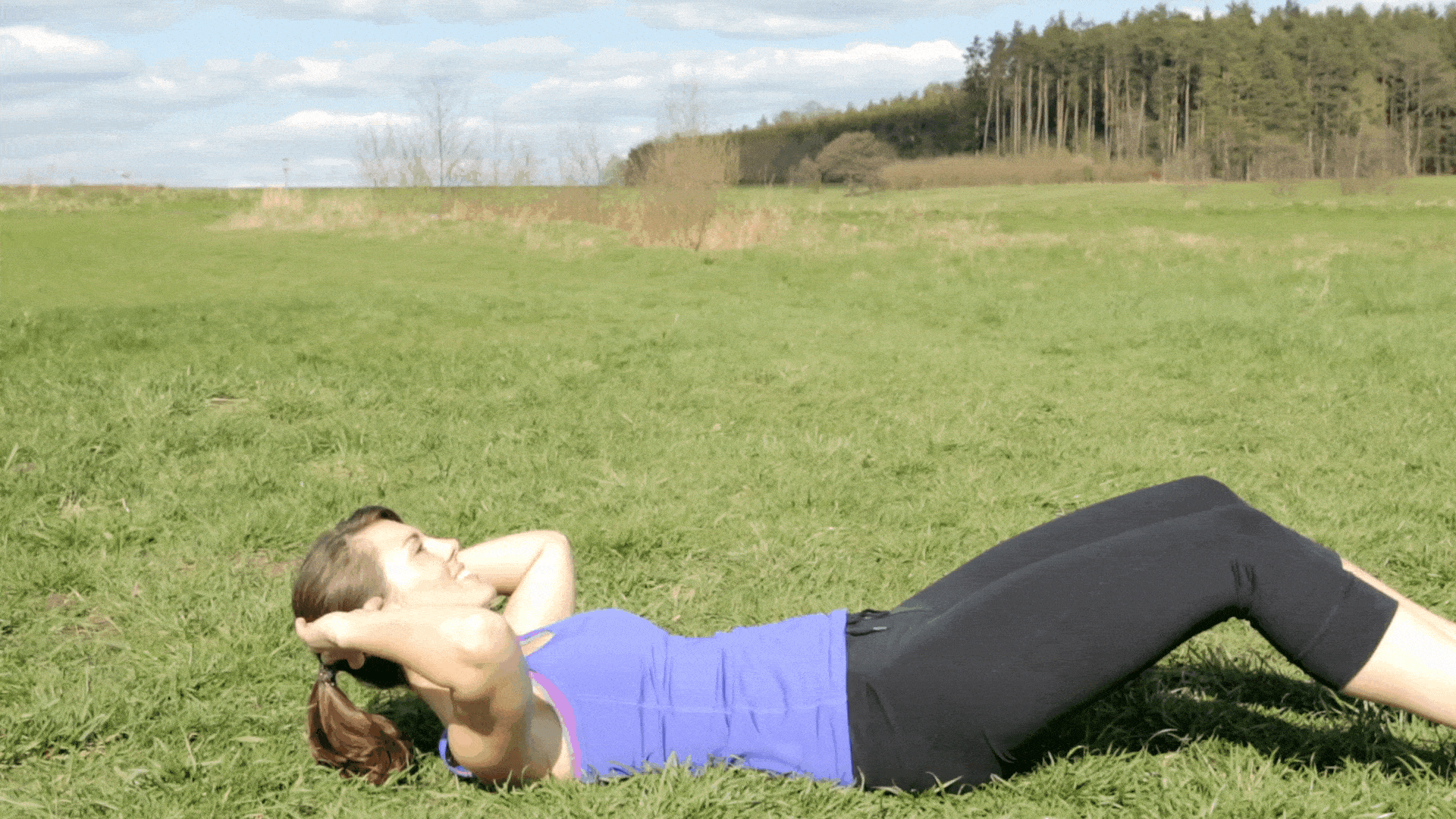
To do a weighted vest sit up:
- Find a comfortable and stable surface to perform your sit-ups, such as an exercise mat or a padded surface.
- Lie down on your back with your knees bent, feet flat on the ground, and your weighted vest comfortably positioned on your chest or upper body.
- Cross your arms over your chest or place your hands behind your head (avoid pulling on your neck), and engage your core muscles.
- Slowly lift your upper body off the ground, leading with your chest towards your knees. Exhale as you come up. Inhale as you lower your upper body back down until your shoulder blades touch the ground.
- Repeat the sit-up motion for the desired number of repetitions.
11. Weighted Vest Prisoner Squats
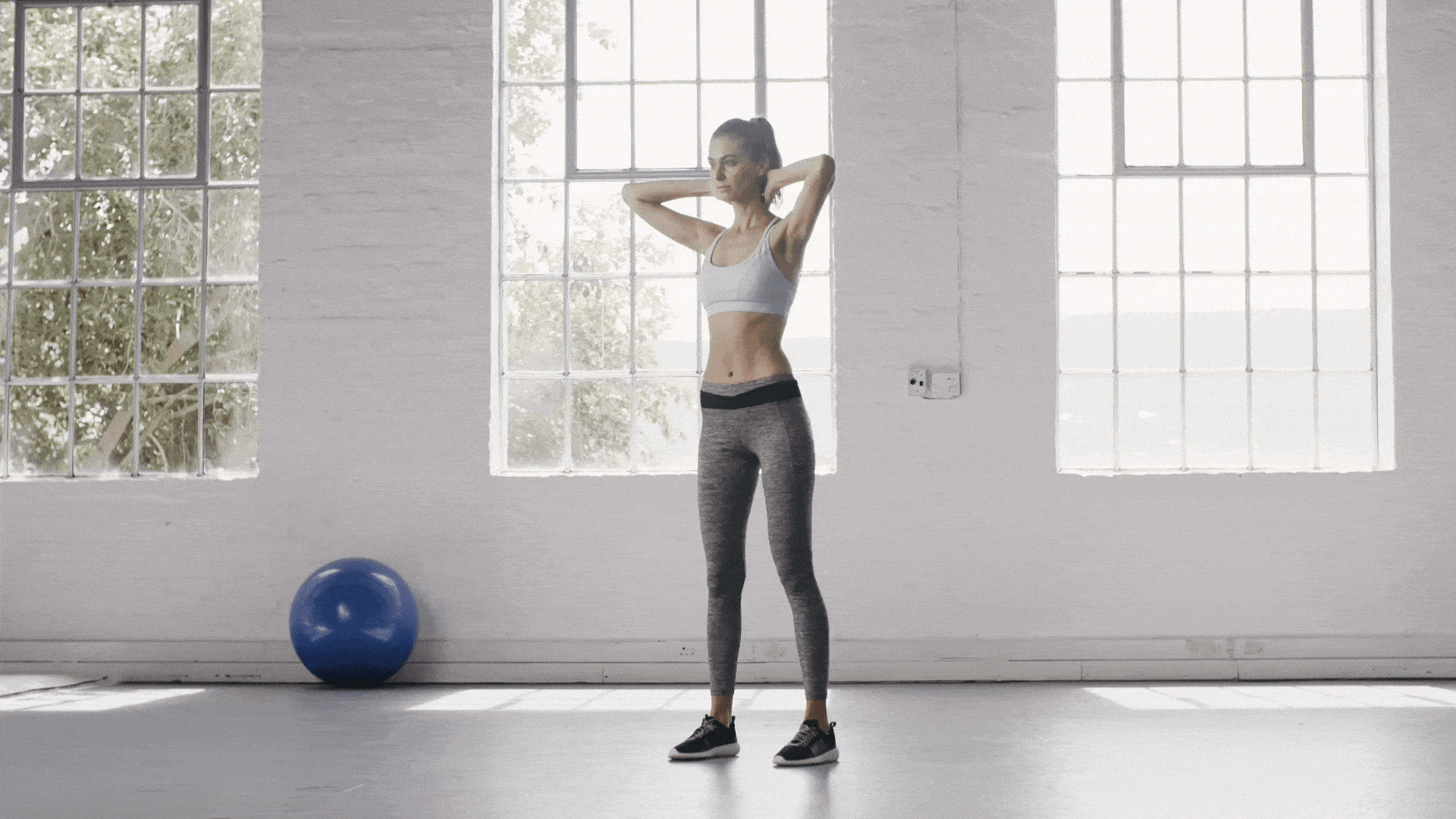
- Stand with your feet shoulder-width apart and your hands clasped behind your head, with your elbows pointing outward. This is the “prisoner” position.
- Keep your chest up and your back straight. Engage your core muscles for stability.
- Begin the squat by pushing your hips back and bending your knees. Lower your body down as if you’re sitting back into a chair. Ensure your knees stay in line with your toes.
- Lower yourself until your thighs are at least parallel to the ground or go deeper if you can, maintaining proper form.
- Push through your heels to return to the starting position, standing up straight.
- Repeat the squatting motion for the desired number of repetitions. The added weight from the vest increases the intensity, making this exercise more challenging and effective for working your leg muscles, including the quadriceps and glutes.
12. Weighted Vest Hill Sprints
Hill Sprints can be challenging to begin with, so adding a weighted vest is recommended for those who are more advanced in their fitness.
- Securely put on a weighted vest.
- Find a hill with a moderate incline for your sprinting workout.
- Stand at the base of the hill with your feet shoulder-width apart, ready to start.
- Sprint up the hill as fast as you can while maintaining good form. Focus on driving your knees upward and forward and pumping your arms to generate power.
- As you reach the top of the hill, gradually slow down and jog or walk back down to the starting point, allowing yourself to recover slightly.
Benefits of Weighted Vest Exercises
Weighted vest workouts offer numerous advantages, especially for women who may be suffering from osteoporosis. Some of the benefits include:
- Improved strength: The added resistance helps build muscle mass and increase overall strength.
- Enhanced endurance: As your body adapts to carrying extra weight, your stamina will also improve.
- Better posture: Wearing a weighted vest can improve posture by encouraging your body to maintain proper alignment during exercises.
- Increased calorie burn: The extra weight increases the intensity of your workout, leading to a higher calorie burn.
Safety Precautions for Weighted Vest Exercises
To make the most of weighted vest exercises and prevent injuries, follow these safety tips:
- Start with a lighter weight: Begin with a lighter weight and gradually increase the resistance as your fitness level improves. Overloading your body with too much weight too soon can lead to strains and injury.
- Ensure proper fit: Make sure the vest fits snugly to your body to prevent imbalanced weight distribution and discomfort.
- Monitor your form: Proper form is crucial for all exercises, especially when using a weighted vest. Be conscious of your alignment and avoid compromising your technique just to lift heavier weights.
- Rest and recover: Allow your muscles time to recover between workouts. Adequate rest will help your body adapt to the increased workload and prevent overtraining.
Tips for Using a Weighted Vest Effectively
Adjusting Vest Weight
When using a weighted vest, it’s important to adjust the weight according to your individual needs and capabilities. Start with a lighter weight and gradually increase it as you become more comfortable and your strength improves. This will help prevent injury and allow you to maintain proper form during exercises. Also, make sure that the weight vest fits snugly and securely to distribute the weight evenly and avoid unnecessary strain on your body.
Exercise Duration
A key factor in using a weighted vest effectively is determining the appropriate duration for your exercises. Since wearing a vest adds extra resistance, it might require reducing the length of your workouts at first. As you get accustomed to the added weight, you can gradually increase the duration of your exercises. Remember to listen to your body and not push yourself too hard when working out with a weighted vest.
Combining with Other Workout Routines
Adding a few weighted vest workout to your existing workout routine can help boost its effectiveness and add variety. Many exercises, like push-ups and hiking, can be combined with a weighted vest to challenge your body further and help build strength. Make sure to integrate the weighted vest exercises gradually into your regular workout routine, giving your body enough time to adapt to the added resistance. This will ensure better results and minimize the risk of injury.
Understanding Weighted Vest Exercises
Wearing a weighted vest during your workout can maximize the efficiency of gym-free training and increase the challenge of bodyweight and resistance activities. As an adaptable piece of fitness equipment, there are numerous exercises that can be performed with a weighted vest, making them suitable for a wide range of fitness levels and goals.
Weighted Vest Recommendations
If you’re looking to add a weighted vest to you training program or workout routine, but not sure which one to get? Not to worry, we have already done the research for you. Our found top 5 weighted vests for women can be found here
Conclusion
Incorporating a weighted vest into your exercise routine can significantly improve the efficiency of your workouts. They add extra resistance, promoting increased strength, muscle mass, and endurance. Some of the best exercises to perform with a weighted vest include push-ups, squats, lunges, and pull-ups, as they target essential muscle groups and improve overall functional strength.
Weighted vests can also be utilized during cardiovascular activities, such as running, hiking, and biking, providing an increased challenge and leading to enhanced fitness levels. When choosing various and best weighted vest exercises and workouts, it is essential to select exercises and activities that suit your individual fitness level, goals, and preferences.
Frequently Asked Questions
Which workouts maximize the benefits of a weighted vest?
Weighted vests are versatile and can be used in various workouts. Compound exercises, such as weighted vest squats and push-ups, provide full-body benefits. Additionally, using a weighted vest during aerobic activities like running, hiking, and biking can also maximize its potential.
How can a weighted vest enhance weight loss exercises?
Wearing a weighted vest increases the intensity of your workout, which can lead to a higher calorie burn. This means that incorporating a weighted vest into your regular exercise routine, including cardio and strength training, can potentially help with weight loss.
What circuit training can be done using an adjustable weighted vest?
Circuit training with a weighted vest involves incorporating multiple exercises that target different muscle groups. For example, you can create a circuit consisting of squats, lunges, push-ups, and pull-ups, all while wearing a weighted vest. This adds extra resistance and helps improve overall strength and conditioning.
Which strength exercises are most effective with a weighted vest?
Some strength exercises that benefit from using a weighted vest include squats, lunges, push-ups, and pull-ups. These exercises target multiple muscle groups and allow you to increase resistance by adjusting the weighted vest, promoting muscle growth and overall strength.
How does wearing a weighted vest impact muscle building?
The additional weight provided by a weighted vest forces your muscles to work harder during exercises. This increases the stress on your muscles, leading to greater muscle activation and, ultimately, muscle growth. It’s essential to properly adjust the weight in the weighted vest training, to ensure it challenges your muscles without causing discomfort or injury.
Can incorporating a weighted vest assist in reducing belly fat?
Although wearing a weighted vest can help with overall body weight and loss through increased calorie burn, it’s essential to note that spot reduction of belly fat is not possible. However, combining the use of a weighted vest in your workouts alongside a balanced diet and consistency in your exercise routine may contribute to reducing overall body fat, including belly fat.

